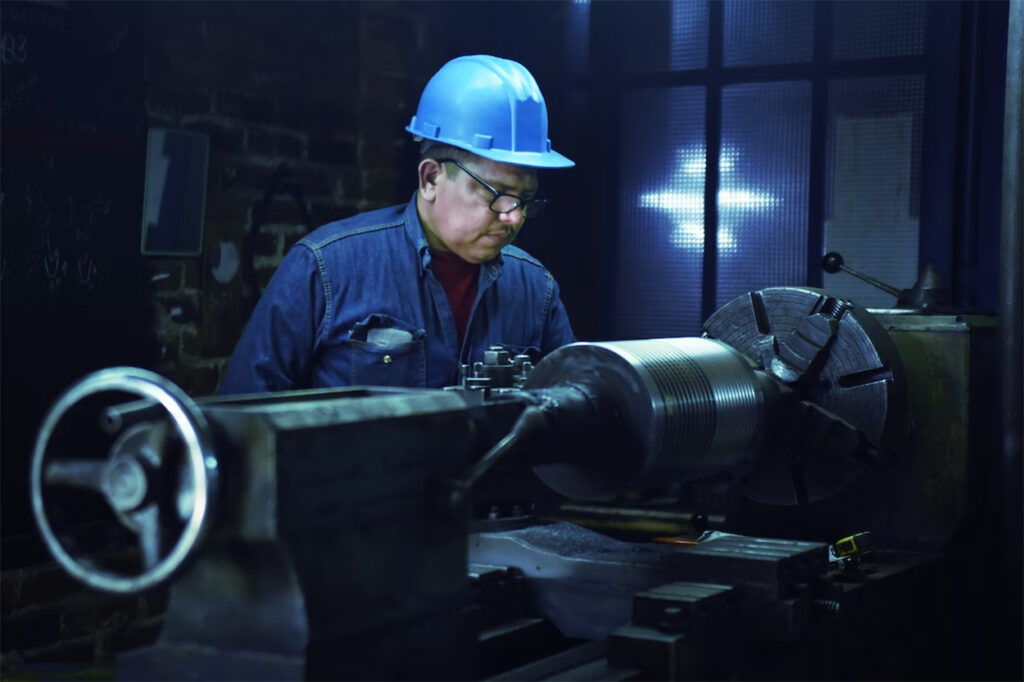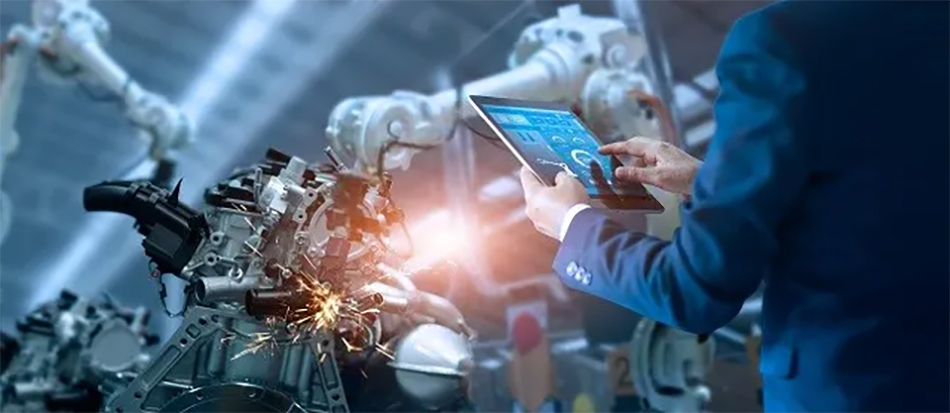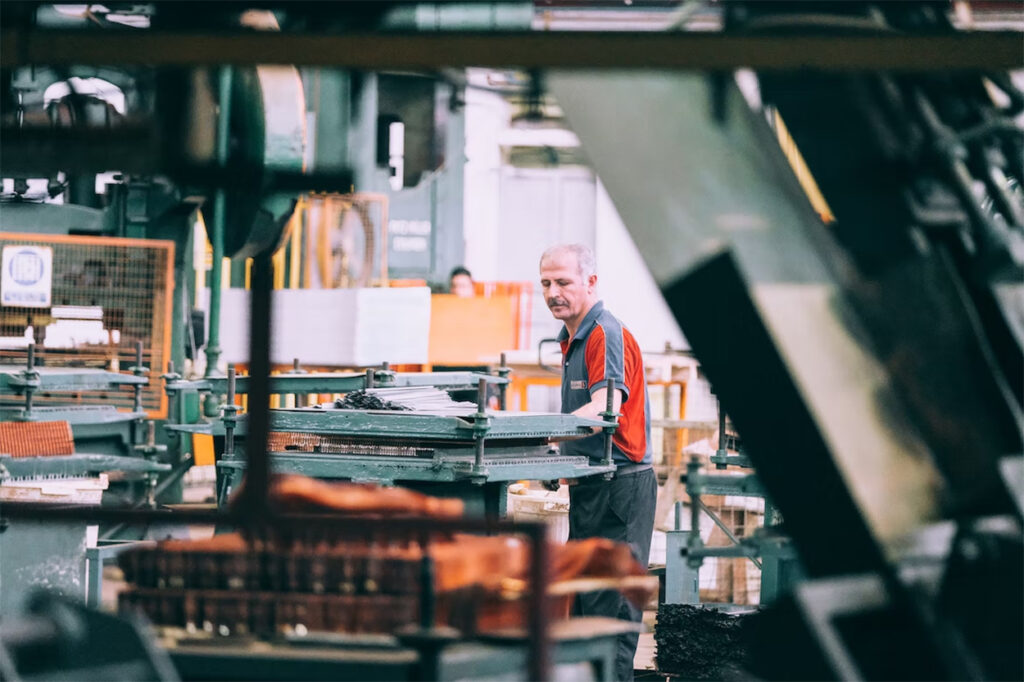A Brief Overview of Smart Factories
You don’t need to be a rocket scientist to figure out that modern technology has considerably impacted many industries, including the manufacturing sector. Through various technologies, factories are able to increase the efficiency of their daily operations, resulting in increasingly dynamic and intelligent processes and workflows and allowing for the smart factory concept to be a reality.
Smart factory—what is it?
The term smart factory characterizes a highly connected and digitized environment where equipment and machinery can improve workflows through self-optimization and automation. The advantages go beyond the production of physical goods, too—it also goes into specific functions like supply chain, product development, and overall planning.
But its core value remains within the plant’s four walls. A smart factory’s structure can include information, artificial intelligence, communications and technologies, and products, all integrated into the entire supply chain of manufacturing. Every disparate part of the production process is connected using IoT or the Internet of Things and many other advanced ICs or integrated circuits, which enable communication, control, measurement, and sensing of all workflow actions.
Sensory technology
Integral to smart factories are technologies that make the data collection process possible. These are intelligent sensors, robotics, and motors on the assembly and production lines that manufacturing businesses use. With sensors, factories can track specific workflows, increasing awareness of what’s occurring at different times and levels.
For example, vibration-sensing technologies can indicate if the bearings, motors, and other equipment require maintenance. As simple as their functions are, the warning they provide can help businesses avoid potentially catastrophic damage to their machinery, which can lead to costly repairs and replacements, if not expensive downtimes.
Similarly, the same technology used by SDVs or self-driving vehicles can be utilized for handling material to improve safety and efficiency when goods are moved around the factory. Again, these robotics are able to detect and steer clear of people and other obstructions that they may encounter, and this ability to avoid disruptions is an incredible advantage that ensures optimal production.
Connecting the top and shop floors
Communication and effective manufacturing data use are the core components of a smart factory. In addition, new technologies like Industry 4.0 are emerging, enabling companies to function as optimally as possible. Ultimately, intelligence applications at factory levels are what create dynamic production environments, including improving reliability and quality while reducing costs. For example, smart equipment has allowed automation to accommodate production needs, minimizing human error and improving overall results.
Effect on jobs
As smart factories increasingly become commonplace in the manufacturing industry, employee roles will significantly change. More people will begin handling complex responsibilities while automation addresses repeatable, mundane, and potentially dangerous workloads or is impacted by shortages in labor. And this can be a boon to many businesses since the most significant challenge they face is difficulties in recruiting new employees.
Conclusion
The benefits of investing in smart factories as a manufacturer generate returns by offering safer, more reliable, efficient, and cost-effective operations. Businesses in the sector will have to adopt these new technologies to remain competitive and meet consumer expectations, especially amidst demands of quicker delivery times, faster production, more transparency, and personalization options. And for these reasons, there’s little doubt that smart factories will become the new industry standard.


